Tutorials / PEOPLE, ALL TUTORIALS
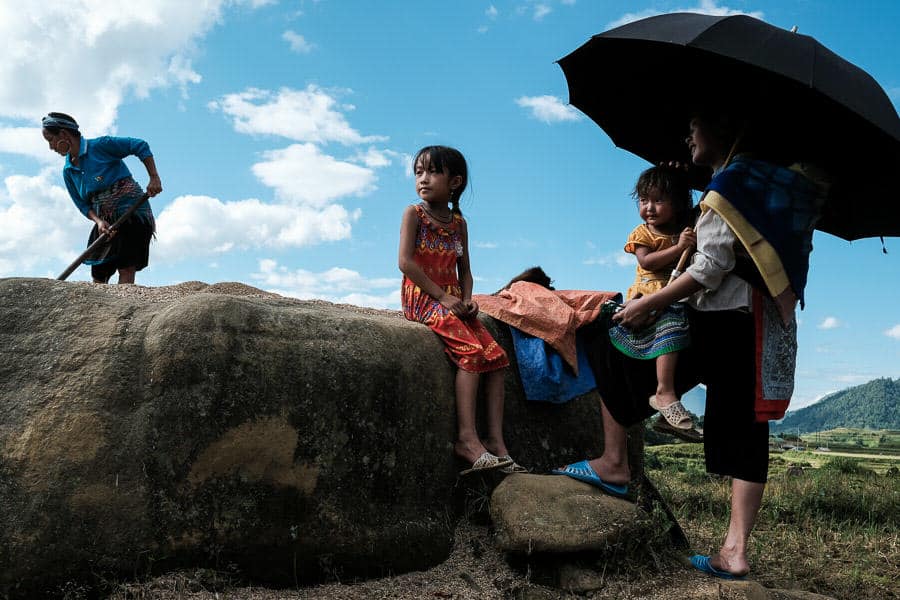
How to direct your subject
When taking photos in Asia it is very tempting to direct your subject and stage your composition. A lot of people are very happy to be photographed and even happier to be able to make a few bucks to be your subject. If you have been following me at all you will know that for me this is a big ‘No’. I do not stage photos and I am actually against this practice. As staging photos is way too easy to do it doesn’t help one become a better photographer. Secondly, it is the best way you can spoil people everywhere you travel. Locals are very quick to understand that a tourist with a camera is someone that pays for photos, and that is very wrong. I believe staging travel photos is wrong If your goal as a photographer is to improve, become better and develop your creativity then you shouldn’t be staging anything. You should make things difficult because it is when things get tougher that you actually learn something. My goal as a tutor is to take you out of your comfort zone. But of course, I am the type of photographer that gets very close and interacts with my subjects. I like to get to know the people I photograph, not only for the fun of getting to know and understand the people and culture in different locations, but also to be aware of the surroundings of my subjects and come up with better compositions. By getting close and interacting with my subjects I am able to communicate, with language or signs, and something magical happens. If you know just a little about human behavior you will be able to direct your subject indirectly. Let me explain. Having a discussion with this man about where is house is I like to be in control of my scene, that means being aware of where my light comes from, and what potential background/foreground I can use. Once again, do not forget that these elements are much more important than your subject, and you need to spend a good amount of time finding them before you can focus attention on your actual subject. Once I have found these elements I will know how I should approach my subject – to keep the light where I want it to be and to have the background I want to have sometimes means approaching my subject from behind for example. This is when the directing starts. If I interact, talk and gesture, if I communicate with my subjects, they will naturally turn to face me. This is a very basic human behavior: people tend to look at the people they are talking to if they are not too busy doing something. This is especially so in less visited places (where people are even more curious about travelers). Pretty simple theory so far. By communicating you can already direct your subjects and control the environment around them. But we can push this even further. How many cows do you own? It often happens that once I am standing in the right spot, meaning the light and background are just as I want, my subject is not looking where I want. It could be because my subject looks too stiff and is staring straight at the camera (people tend to pose in Asia, it is a work of art to have them look natural!) or because the light is not just right, and the face is a little too dark in its current position. So I will keep interacting with them, and that often means interacting with them while I am aiming with the camera. This can be a bit awkward when using a DSLR and talking to them while framing, but it becomes easier if using a mirrorless and have the camera a bit below my face. Now here is something else to understand about human behavior: people tend to look in the direction of what they are talking about. If I need my subjects to turn towards the light I will ask them about the weather. If I need them to look in a certain direction, I will ask them about something that is happening in that direction. Do you have fruit in your garden? How many cows do you have? What do you think about the weather today? Very often this small talk is related to the weather. But you can use anything around your subject, including their friends/colleagues, their jobs/activities. Anything, really. Sometimes, when the verbal or body language isn’t enough, I will point to the direction I want them to face but I make sure I am doing it in the context of a discussion, as I really want to avoid the staged, “please look over there”. Spending time with your subject, getting to know them and letting the scene develop can all be done while chatting (or gesturing). Once you’ve found that angle or composition, wait for the decisive moment and the magic happens. Knowing how to direct your subject when this moment happens can make an otherwise average image something truly special. Here are some examples of images I have shot using these techniques, and what I told my subject to direct them. Is it going to rain? Are you heading that way? Do you know the man over there? Pointing to my friends who were staying on the road For this image I was just looking on the left side, hoping she would look too I was telling her that her friend on the left asked me to come and take her picture, she then shouted at her Simply pointing at the window I have lost my group, have you seen them? I asked the older boy where his mum was, hoping the little one would keep staring at me How old is he? What are you selling here?

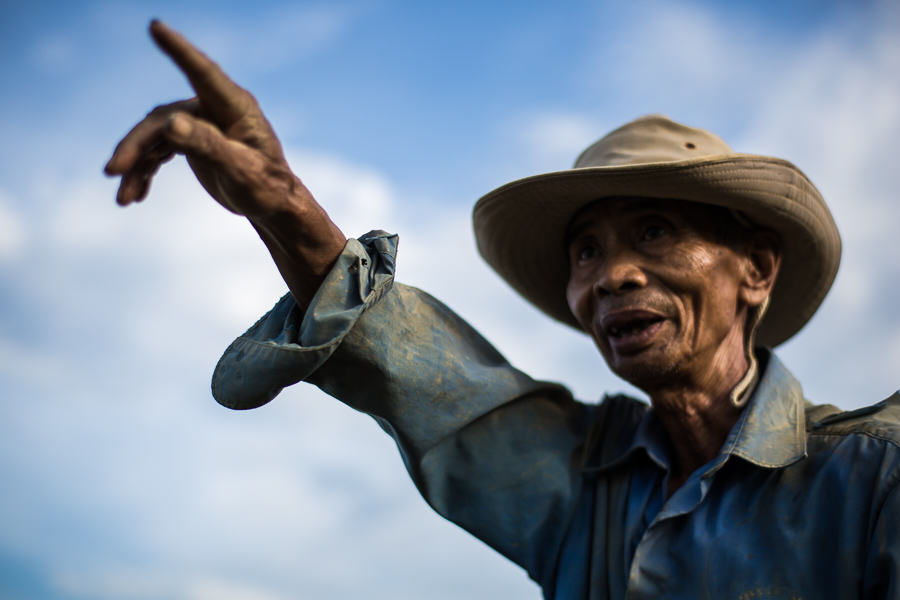
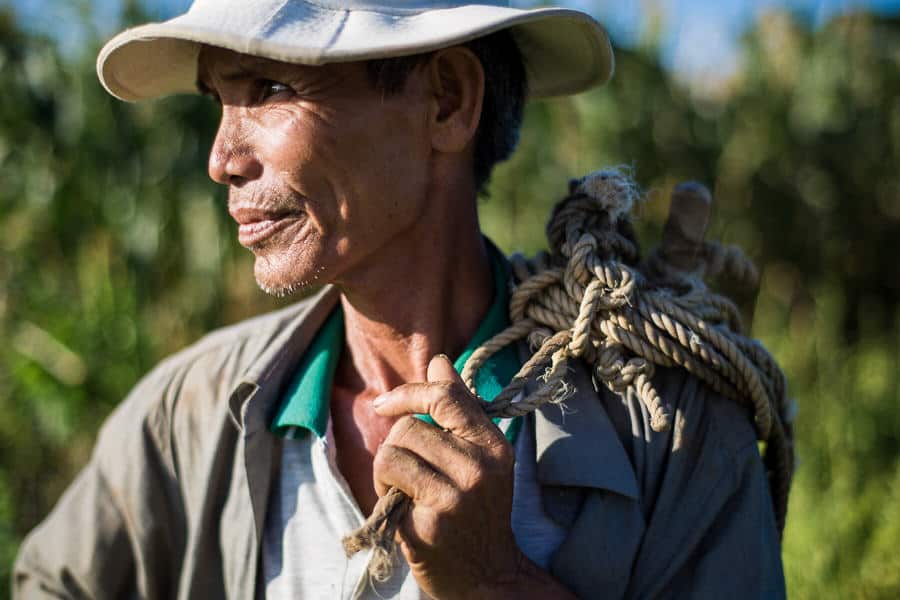
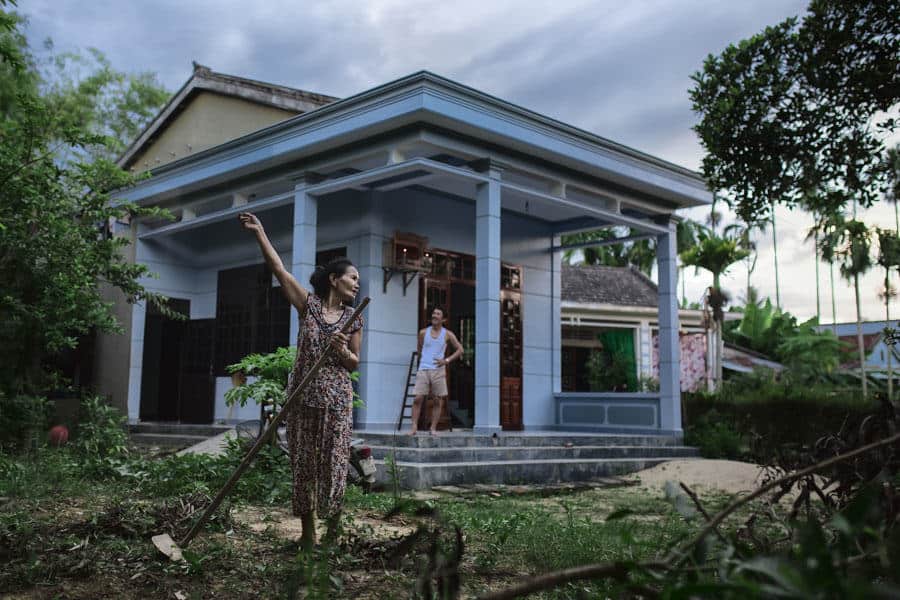
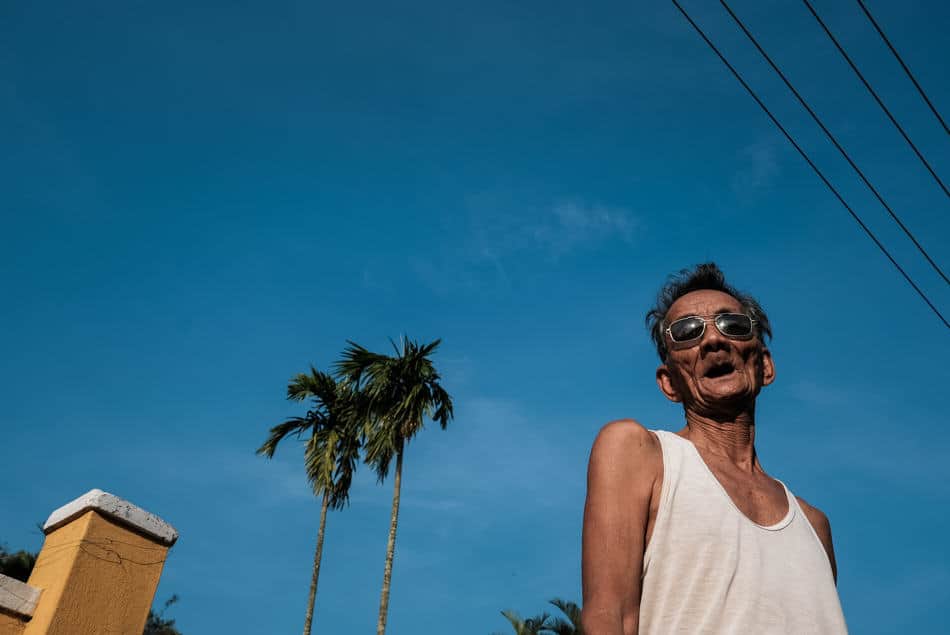
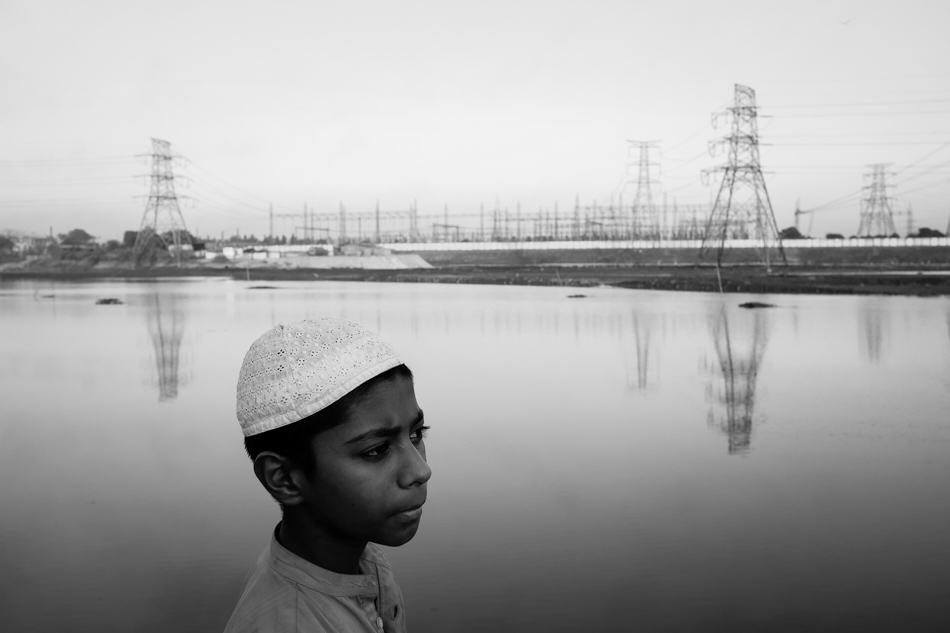
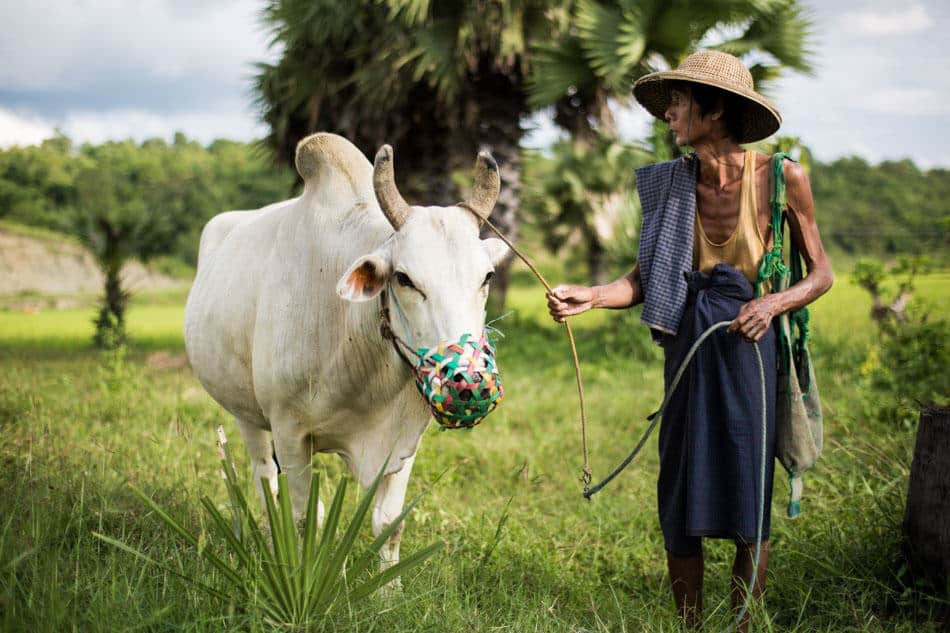
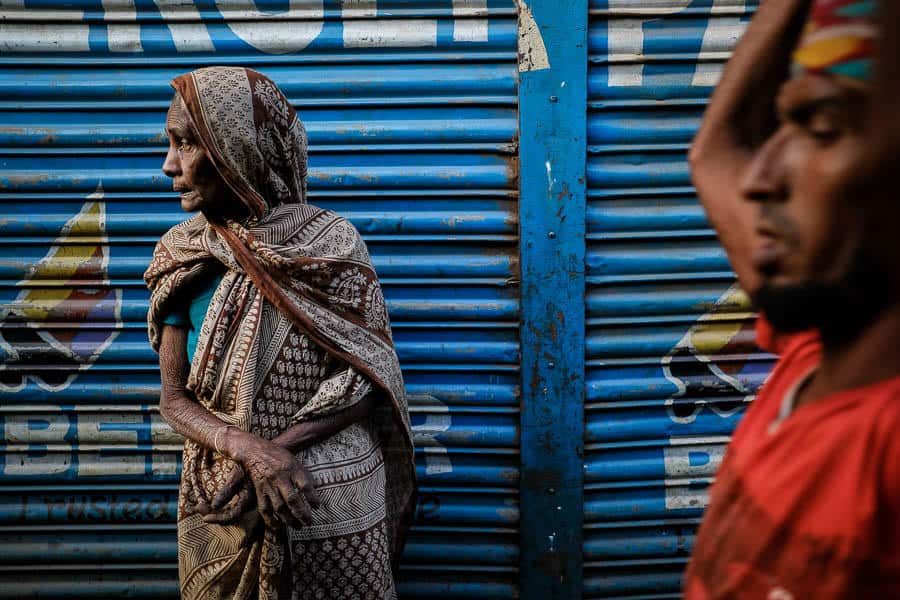
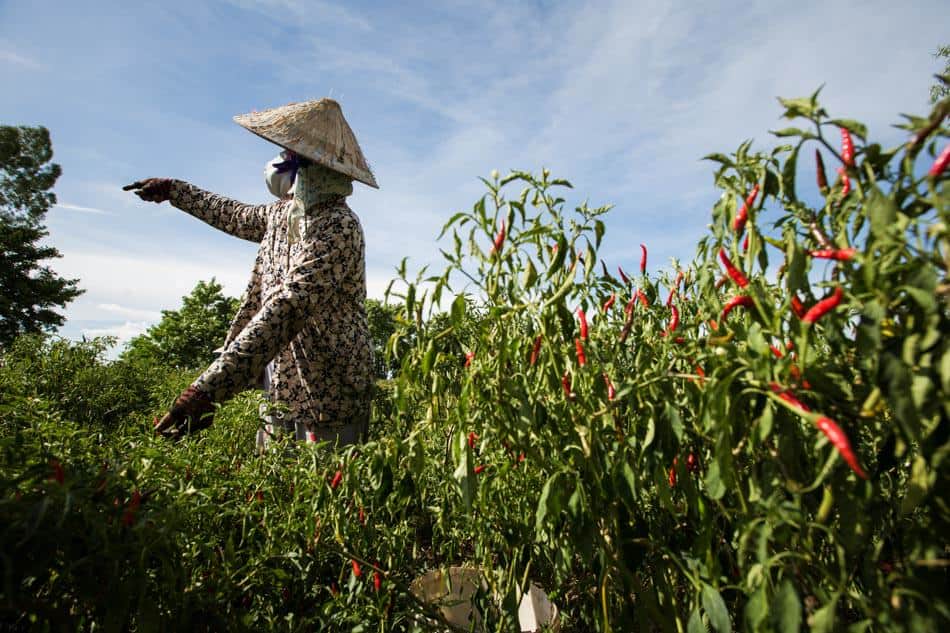

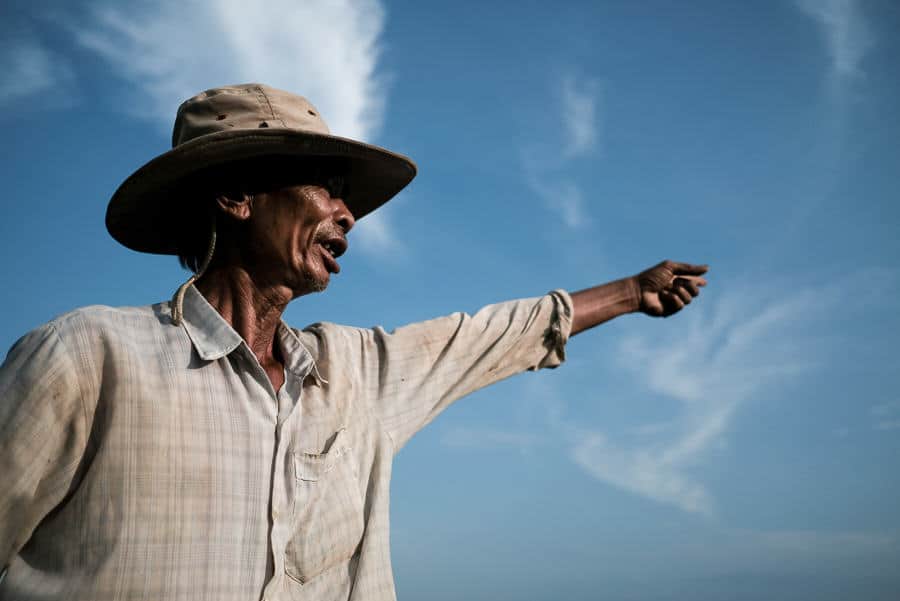
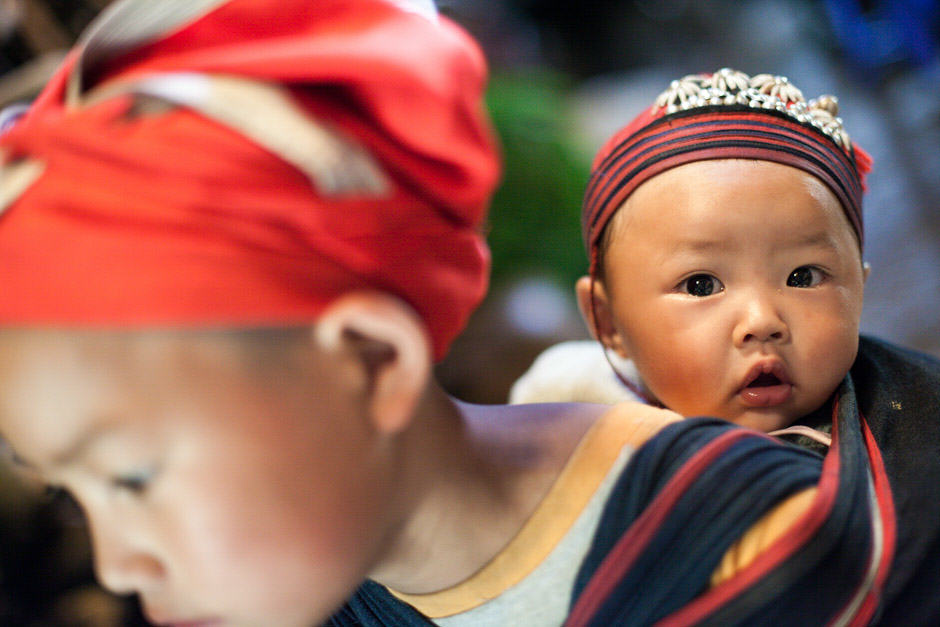

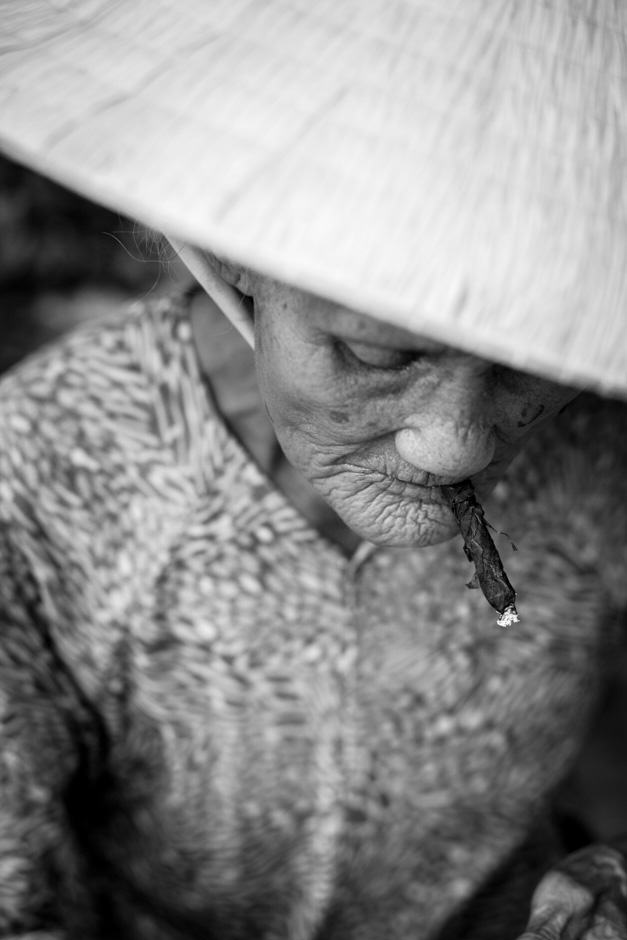
Each time I look at your pictures and read what you’ve said, I am more and more pleased that I’ll be in your group in Bangladesh. I cannot wait! Your images are moving beyond words, but that’s of course what good images should be!
Thanks a lot Sandra!
[…] About the author: Etienne Bossot is a travel photographer based in Asia. You can find more of Bossot’s work and writing on his website, blog, Twitter, Flickr, and Facebook. This article was also published here. […]
Awesome. So thrilled reading your commentary while looking at the pics. All the best and keep up the good work.
Ordinarily I am not one to send comments, but I was so appreciative of this last article and the many others that you have sent that I felt inspired to write. I feel like I am learning so much from you through these articles and the photos. Where I live there is not much opportunity to receive photographic instruction so this is very welcome indeed. Thank you! I attended a couple of morning workshops in Hoi An in Jan 2016 and hope to come on one of your photography tours sometime in the not so distant future. Dana
Thanks a lot for the kind words Dana 🙂
[…] [Well, you could also, naturally, direct your subject. But this is for another lesson.] […]
[…] interact with her to somehow make the decisive moment happen. If you read my latest article about directing your subject you will understand. So I started with my usual small talks, and at some point (sorry I don’t […]
[…] a year ago I published an article titled “how to direct your subject in travel photography“. I suggest you head over the link if you haven’t read it yet, as it will help you […]